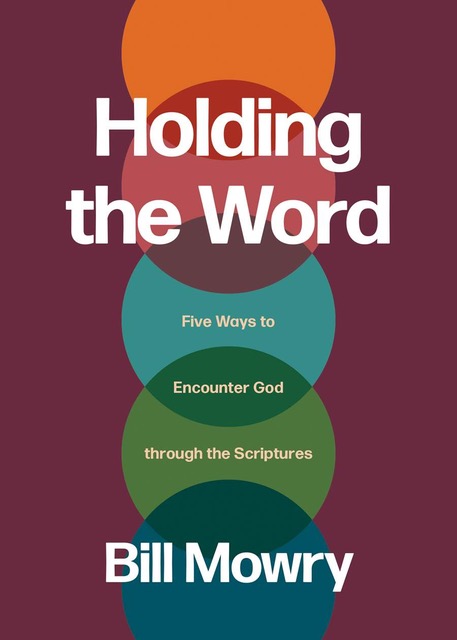When Bill Clinton ran for President in 1992, he posted a simple sign over the doorway to his political “war room” (his campaign headquarters). He knew he couldn’t defeat the incumbent President, George Bush, on his foreign policy plans but he believed that Bush was vulnerable on the economy. What did the sign say? Every time Clinton and his campaign workers walked into the room, they were met by this challenge, “It’s the economy stupid!” They had a simple vision for victory, focus on the economy.
In culture building, we have a similar saying, “It’s the relationships, stupid!” Relationships are key for building disciplemaking cultures. While strategic planners will tell us that the vision, goals, or structure are essential, I believe the Bible prioritizes relationships over the plan. We can end up “doing church better” with improved facilities, signage, children’s ministry, or a contemporary service but without relationships we build a better organization but not a culture of spiritual maturity and mission.
Two New Testament themes demonstrate God’s strategic value of relationships. First, Jesus placed a priority on relationships in his choosing of the twelve. If we view his ministry chronologically, we discover that His selection of the twelve in Mark 3:13-14 occurred approximately one and a half years into his public ministry. If you chart the events from then to the cross, you discover that his involvement with the crowds diminished and his commitment to the twelve increased.
A second theme that demonstrates the strategic role of relationships are the “one another” passages of the epistles. We are instructed to serve, admonish, exhort, comfort, and submit to one another. Pulpits and classes are not sufficient settings for these ministries to occur in. What’s needed are face-to-face encounters with our brothers and sisters in Christ. Cultures of spiritual maturity and mission are built through the vehicle of relationships.
When studying the diffusion of new practices in a culture, author Everett Rogers found that innovation — new ways of doing things — follow relational networks. In fact, new approaches are not accepted on the basis of fact or logic. “Instead, most people depend mainly upon a subjective evaluation of an innovation conveyed to them from others like themselves — ‘near peers.’” Cultures are influenced and built through a network of relationships.
What’s it mean to build cultures through relationships? Here are a few suggestions.
Identify the influencers. The culture builders in a church or ministry are the “influencers,” the “near peers” who influence others. Invest in these influencers, helping them to feel discipleship so they can do discipleship.
Build authentic relationships. Many church leaders, particularly pastors, have a fear about being too honest with people. Sometimes their fear is justified. However, if we’re to minister in life-to-life ways, transparency must be part of the process. Authenticity holds up the bridge of culture building.
Model! Model! Model! Don’t plan big until you model small. Modeling “small” takes place in a relationship where I can look someone in the eyes. It is in the smallness of one-to-one, a discipleship triad, or quad that smallness (relationship building) happens.
We must be discerning when adopting the latest strategic planning fad or alluring methodology that helps us do church better. A perfect plan does not guarantee a culture. “Its all about relationships, stupid!”

